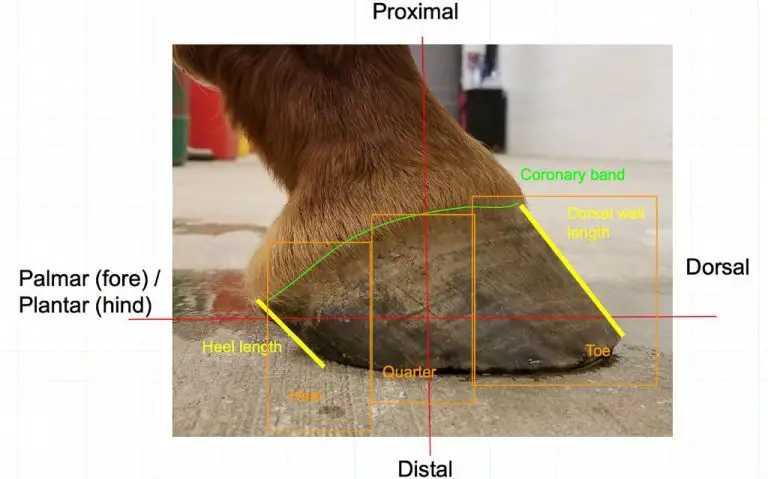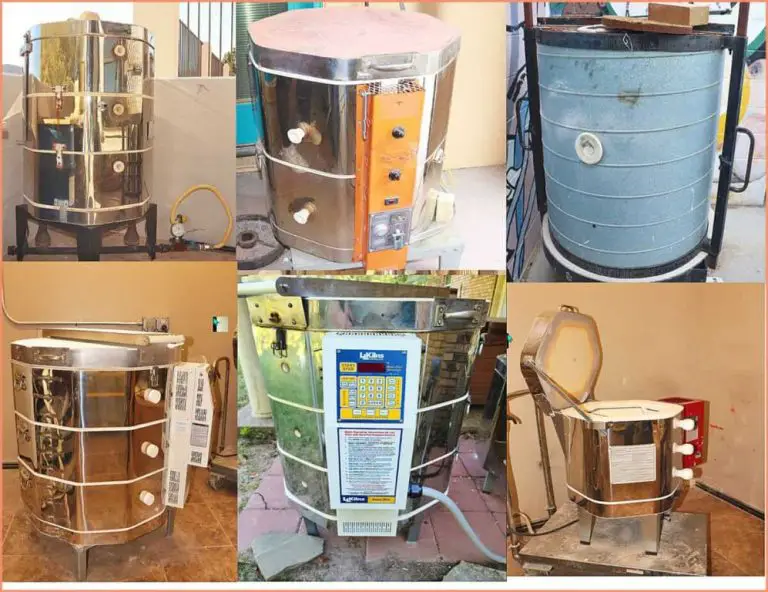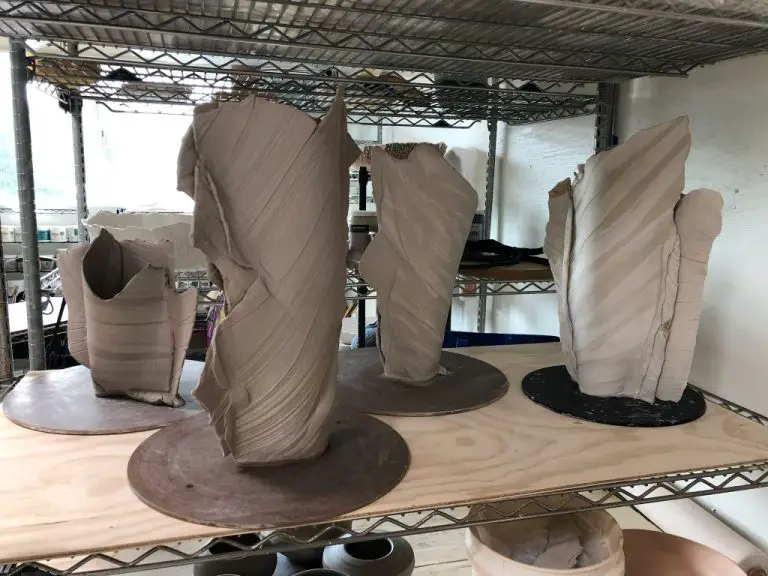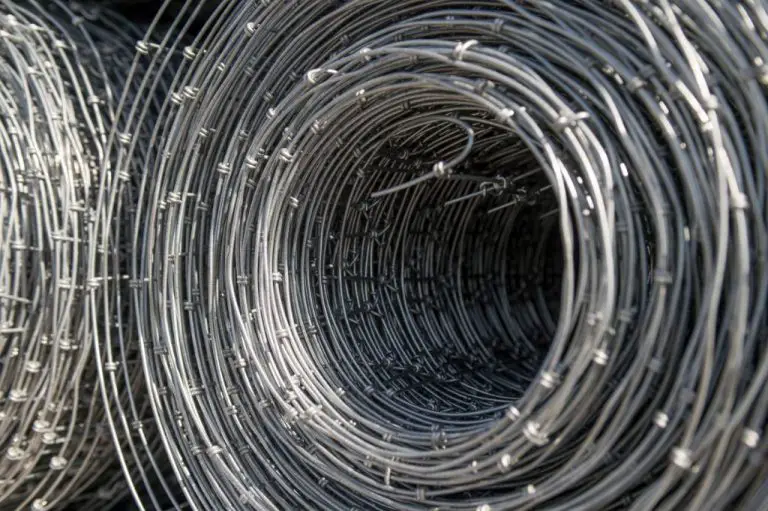How Can I Speed Up The Drying Of Clay?
Drying clay quickly is important for several reasons. The faster clay dries, the sooner it can be handled, fired, painted, or used for projects. Slow drying leads to cracking and warping. Additionally, clay is extremely fragile in its wet state, so minimizing that stage reduces risks. There are many techniques potters use to accelerate the drying process. This article will explore the most effective options.
We will cover how room temperature, air circulation, clay surface area, heating devices, microwave drying, clay type, clay thickness, and glazing impact dry times. With knowledge of these key factors, you can significantly reduce the wait when working with clay.
Room Temperature
The ideal room temperature for drying clay is between 70-80°F. This allows the clay to dry slowly and evenly without cracking. Extreme temperatures, either too hot or too cold, can shock the clay and cause cracking or warping.
A room humidity between 40-60% is also ideal. If the air is too dry, the outer surface of the clay will dry rapidly before the interior has had time to adjust, creating stresses which lead to cracking. If the air is too humid, the drying time will be greatly increased.
The best practice is to avoid extremes and ensure the clay dries at a moderate, consistent temperature and humidity. Slow, even drying allows the clay particles to align themselves without developing internal stresses that lead to cracks and flaws.
Air Circulation
One of the easiest ways to speed up the drying process for clay is to improve air circulation around the clay. Fans are very effective at accelerating the evaporation of moisture from the clay. Positioning a fan to blow air directly on the clay will significantly decrease drying time compared to still air. You can use any type of electric fan, such as a box fan or desk fan. The more airflow generated, the faster the clay will dry.
In addition to using fans, also pay attention to where you place the clay while it’s drying. Position it so air can freely circulate around all sides of the clay. If the clay is placed in a corner or has surfaces touching a table or wall, it will block air access and slow down drying. Allow space between pieces for air to flow between them. A wire rack or mesh screen can lift clay off the surface it’s resting on, permitting air circulation underneath. Proper positioning to maximize air circulation can cut drying time drastically.
Surface Area
One of the most effective ways to speed up the drying time of clay is to increase its surface area. This can be achieved by rolling or cutting the clay into thinner sections rather than leaving it in large, solid pieces. Thinner sheets of clay have a larger surface area compared to their volume, allowing moisture to evaporate more quickly.
Aim for clay sections that are 1/4 inch thick or less. The thinner the clay, the faster it will dry. You can roll clay out with a rolling pin to decrease thickness. For solid clay pieces, you can slice the clay into thinner sections using a wire tool or blade. Avoid creating clay pieces that are several inches thick, as these will take much longer to completely dry.
Increasing surface area is an easy way to significantly decrease drying time. Thinner clay dries faster than thick clay because there is more surface area exposed to air circulation. This allows moisture to evaporate efficiently from both sides of the clay.
Heating Devices
Using specialized heating devices can significantly speed up the drying process for clay. Some options include:
Dehydrators: Dehydrators are small electric appliances designed to circulate hot air and remove moisture. They are commonly used for drying foods but work equally well for clay. The main benefits of using a dehydrator are the adjustable temperature settings and built-in fans that promote air circulation. Just be sure not to overload the trays, as air needs to flow freely around the clay.
Cooking Lamps: Standard incandescent light bulbs emit heat as well as light. Positioning a cooking lamp or hanging utility light above the clay will warm the surface. The downside is that these lights only heat the top layer rather than the interior of the clay. They work best for thinner pieces.
Space Heaters: A small space heater can significantly raise the ambient temperature and speed drying. Be sure to position it several feet away to prevent overheating any one section. Monitor the clay closely and adjust the heater as needed. The main drawback is that space heaters use a lot of electricity.
When using electrical heating devices, take precautions against fire hazards. Avoid leaving clay unattended, and be sure to place it on a non-flammable surface. While the increased heat accelerates drying, it’s still important to allow the moisture to evaporate evenly throughout the piece.
Microwaving Clay
Microwaving clay pieces can accelerate the drying process for small items. The microwave energy quickly heats up any water molecules in the clay, allowing the moisture to evaporate. However, care must be taken when microwaving clay to avoid uneven drying or cracking.
When microwaving clay, it’s best to use a low power setting, around 20-30% power. This gentler heat allows moisture to evaporate slowly and evenly. Higher power settings may cause moisture closer to the surface to dry faster than the interior, resulting in cracks or exploding.
Microwaving works best for very small thin pieces of clay, especially those that are already partly dried. Larger or thicker pieces of clay should be dried slowly at room temperature to prevent damage. Always monitor clay closely when microwaving and stop if cracking appears. While microwaving can speed drying, the risks of unevenness usually make air drying the safer choice.
Clay Type
The type of clay can impact how quickly it dries. Porcelain clay generally dries the fastest compared to other clay bodies like stoneware or earthenware. Porcelain clay contains very fine particles and low amounts of impurities which allows it to dry efficiently. The coarser particles and higher grog content in stoneware and earthenware slow down their drying time.
When choosing a clay for a project, consider its drying properties. If you want the clay to dry quickly for faster production, use porcelain. For projects that require more working time, a slower-drying clay like stoneware or earthenware would be better suited.
Clay Thickness
Thinner clay pieces will dry faster than thicker pieces. This is because there is less material for the moisture to evaporate out of. With thinner clay, the moisture has a shorter path to reach the surface and evaporate.
However, the thickness of the clay must be balanced with the structure and integrity of the piece. If the clay is too thin it may crack, warp or slump during drying. For most functional ware and sculptures, a thickness between 1/4″ and 1/2″ provides a good balance between drying time and strength.
For very large or thick clay pieces, it helps to increase airflow, use dryer climates, or introduce heating to speed drying. Pieces may also be built in sections, allowing the interior to dry faster before attaching the sections. Testing different thicknesses can help determine the thinnest workable limits for your project.
Glazes and Slips
Unglazed pieces of clay will dry faster than glazed pieces. The glaze creates a non-porous layer on the surface that slows down evaporation from the clay body. Thicker glazes take even longer to dry. Therefore, limiting the thickness of glazes will help accelerate drying times. Completely unglazed pieces or pieces with only a thin layer of glaze will dry the fastest. Avoid applying very thick coatings of colored slips or glazes if rapid drying is desired. The slip or glaze will seal the surface and dramatically slow moisture evaporation.
Conclusion
In summary, there are several techniques you can use to speed up the drying process for clay. The most effective methods are ensuring proper room temperature and air circulation, maximizing the clay’s surface area, and using heating devices like hair dryers or portable heaters. Microwaving clay can also quickly drive out moisture, but may lead to cracks and uneven drying. The type of clay, thickness, and any glazes or slips will impact drying time as well.
However, it’s important not to rush the drying process too much. Clay needs time to evenly release moisture as it transforms into a hardened state. Attempting to dry clay too quickly can cause cracks and damage. Be patient, carefully check the clay’s drying progress, and allow enough time for thorough drying to prevent defects.





